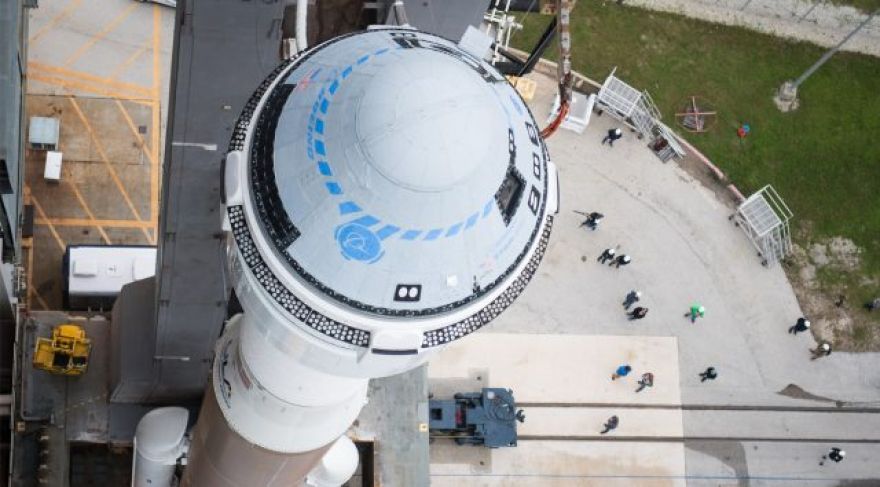
Boeing Starliner Launches Successfully, Headed For Space Station
Boeing’s engineers are breathing a sigh of relief today following the mostly successful launch of the CST-100 Starliner late on Thursday. This is a high water mark for the vessel, which failed a similar test in late 2019. That lead to a cascading series of hardware issues that have delayed its certification in NASA’s Commercial Crew Program. Next stop, the International Space Station (ISS).
Starliner is one of two designs chosen by NASA to replace the Space Shuttle. That spacecraft was retired in 2011, and NASA relied on Russian Soyuz launches to reach the ISS for several years after.
The issues started in late 2019 when Boeing attempted to fly the Orbital Flight Test (OFT), an uncrewed mission that verifies the vessel can autonomously navigate to the ISS and return safely to Earth. A series of computer glitches nearly caused the loss of the spacecraft, and it never did reach the ISS. The pandemic, , and fuel leaks delayed the rerun of that mission until this week, costing the company hundreds of millions of dollars.
Boeing is not out of the woods yet. In the coming days, Starliner OFT-2 will rendezvous with the ISS before returning to Earth. However, this is not the end of testing. Boeing still has to work out the cause of several engine failures during launch. After leaving the Atlas V and Centaur second stage behind, Starliner has to fire its engines to attain orbit. One of the engines failed and shut down after one second instead of firing for 40 seconds as it was supposed to. The onboard system activated a different booster, which failed after 25 seconds. A third engine took over, and the vessel ended up where it was supposed to be.
See views from the Space Launch Complex-41 launch pad and spacecraft separation during today's liftoff atop a . Stay tuned for docking with on May 20.
— Boeing Space (@BoeingSpace)
Boeing does not believe the booster mishap will affect the mission, but that’s still a troubling occurrence when is what doomed the first OFT run. There’s also the lingering uncertainty of the oxidizer valves. Boeing initially said new seals to keep out moisture would be enough, but redesigns , according to the company. If that happens, another round of testing might be required before NASA allows crew in this particular space taxi.
OFT-2 is set to wrap up in about a week, carrying about 600 pounds of cargo from the ISS. If it can land in one piece, Boeing executives will be popping champagne. Yes, that’s a low bar, but it’s a big step in the right direction after years of setbacks along with being shown up by SpaceX.
Now Read: